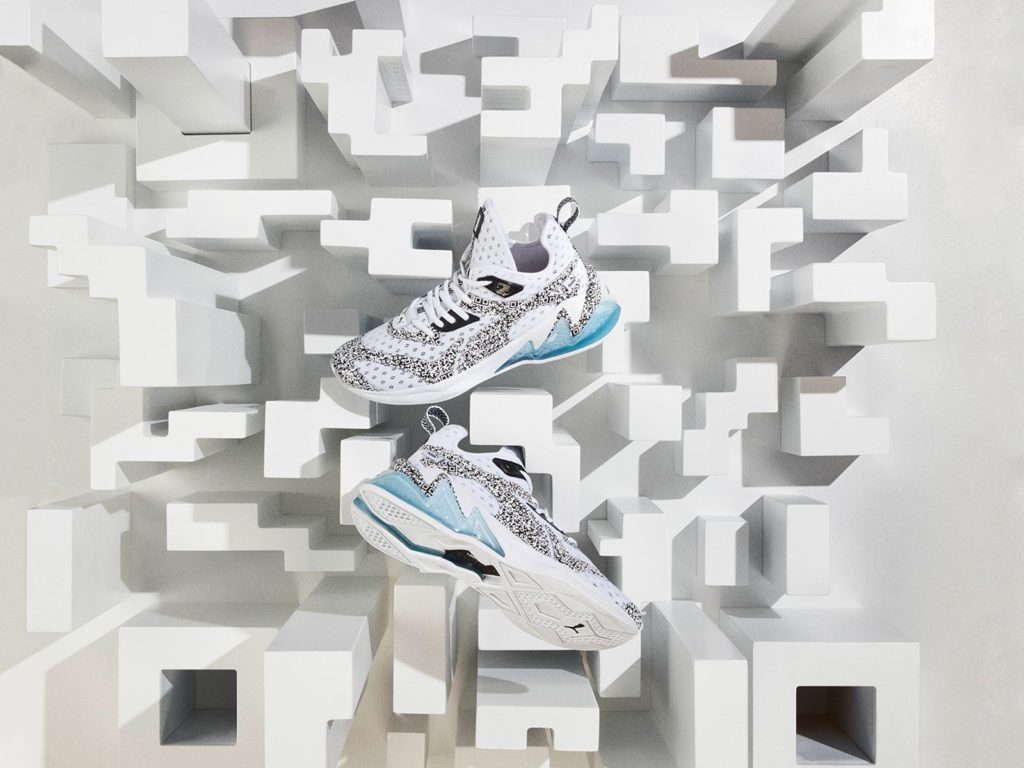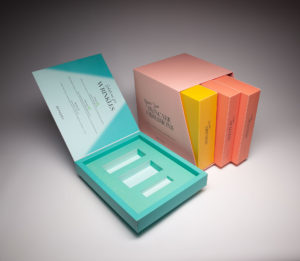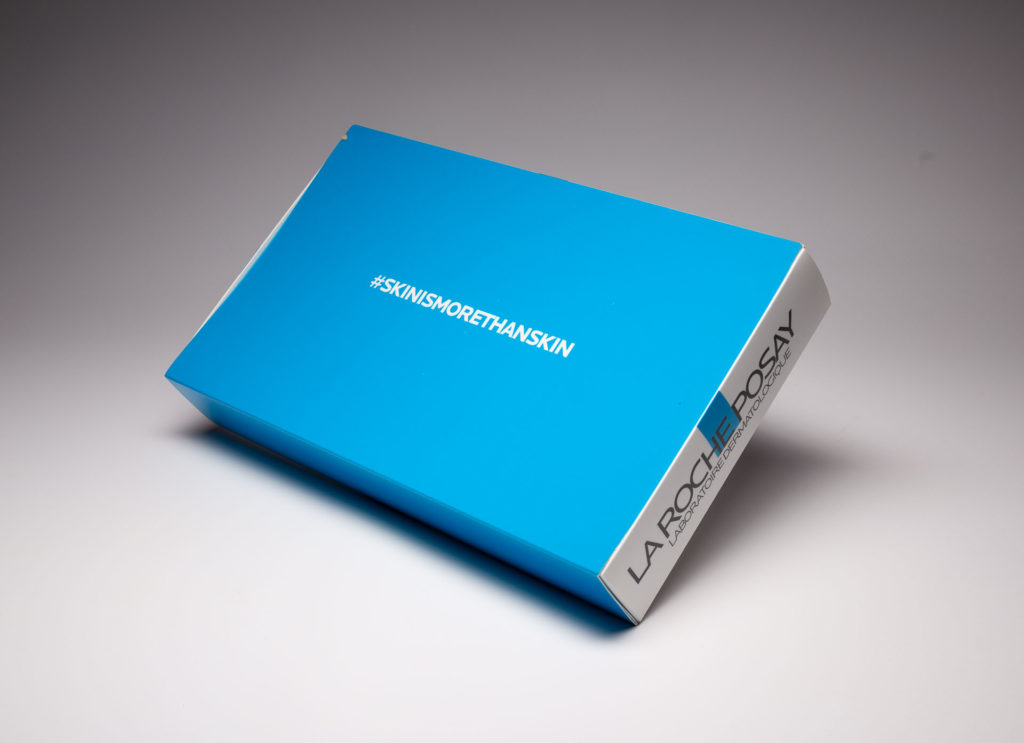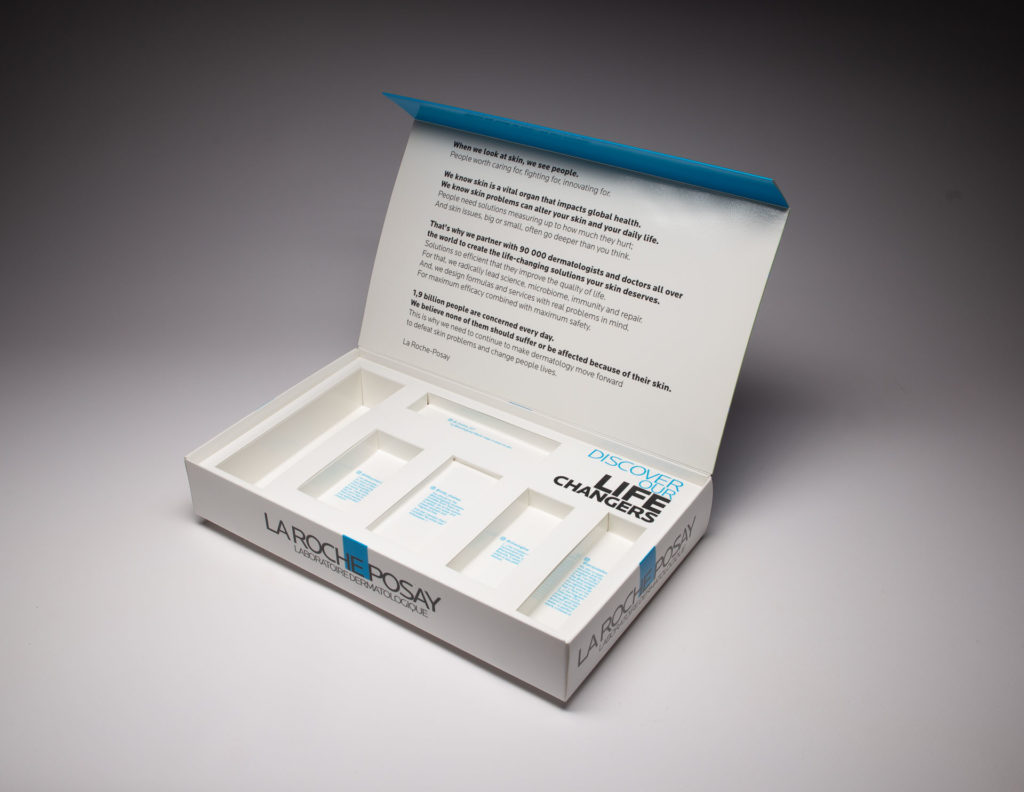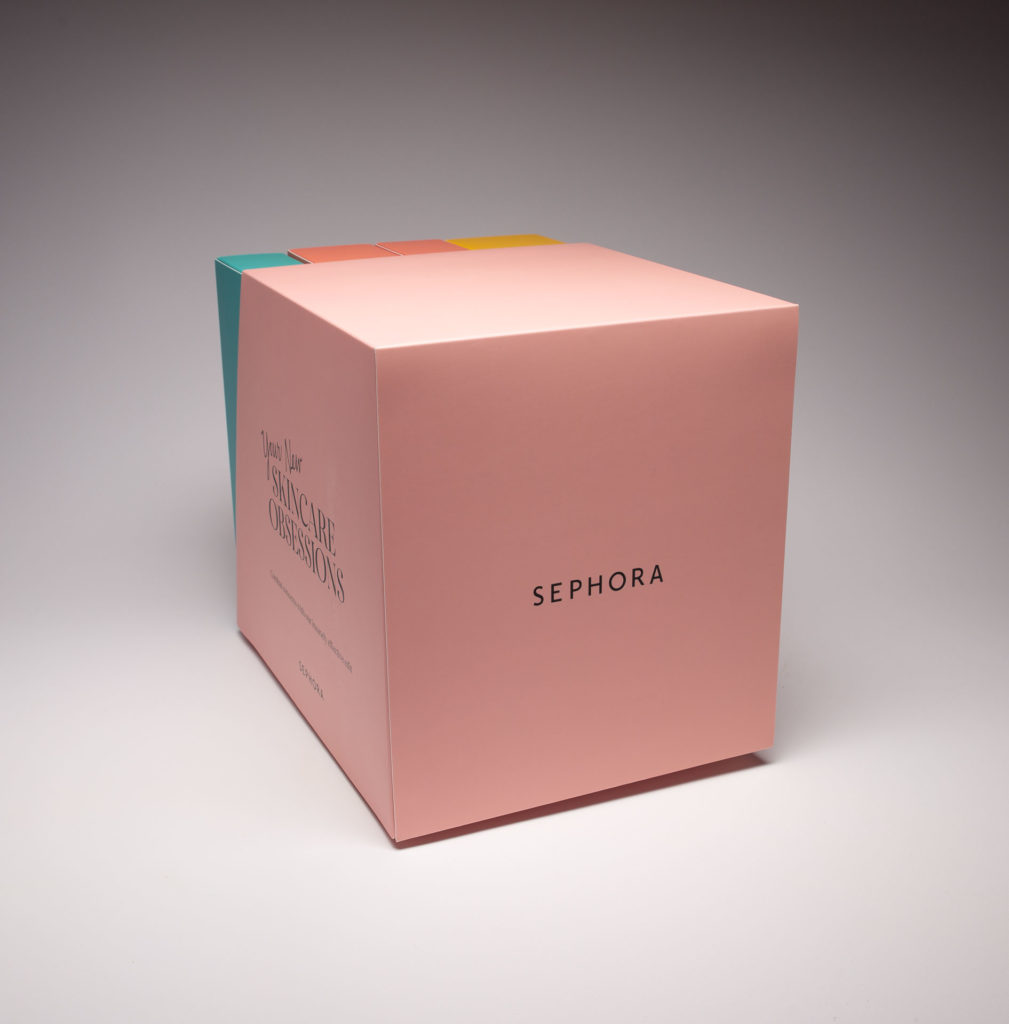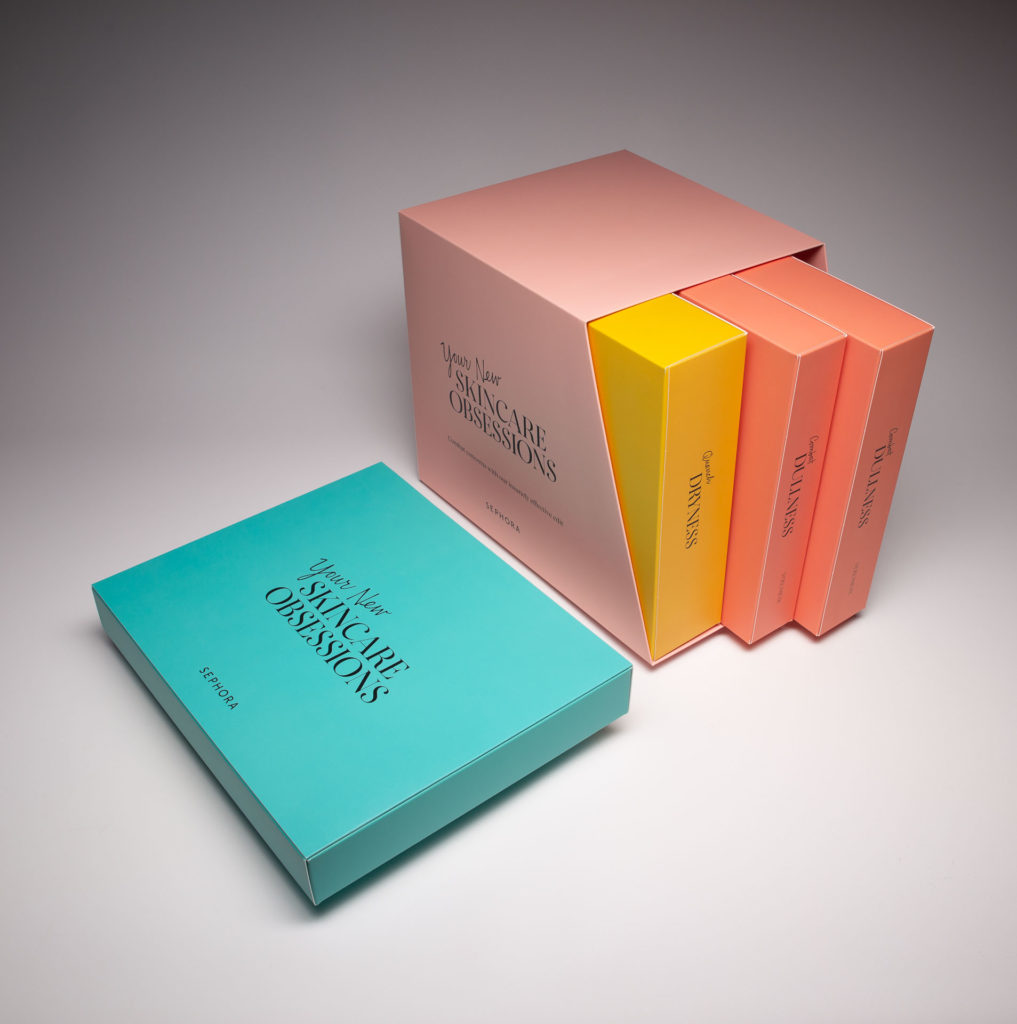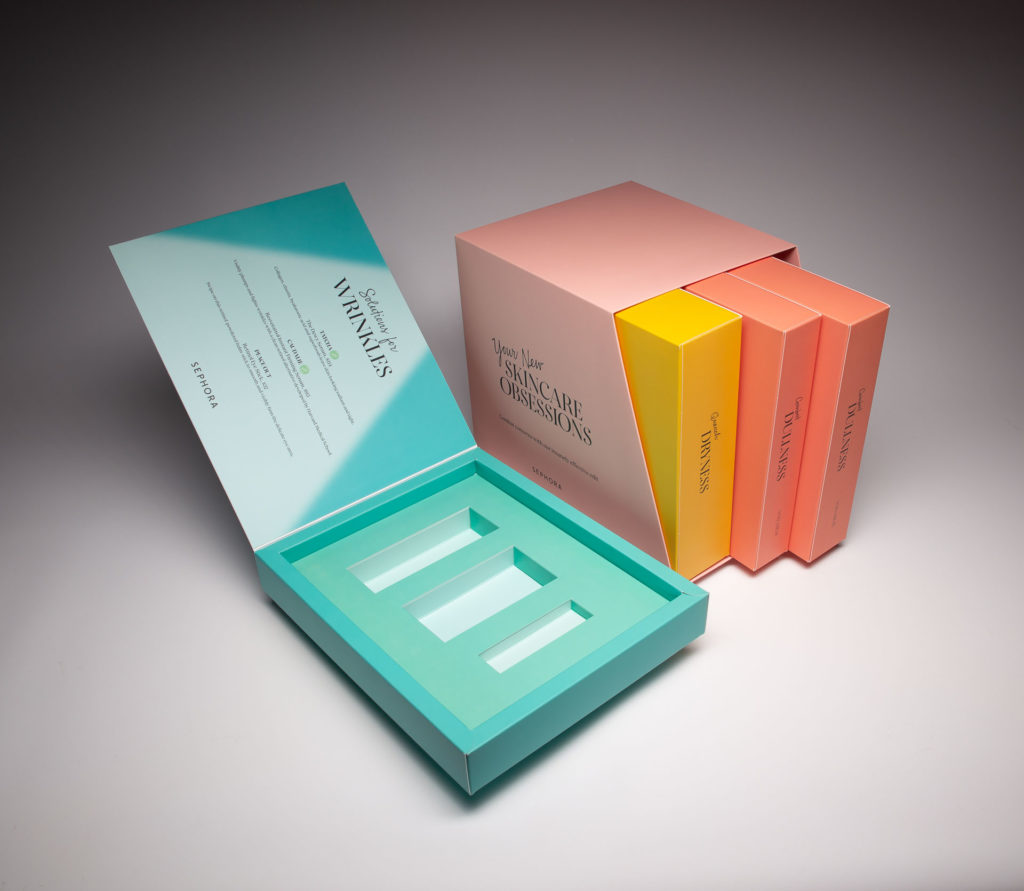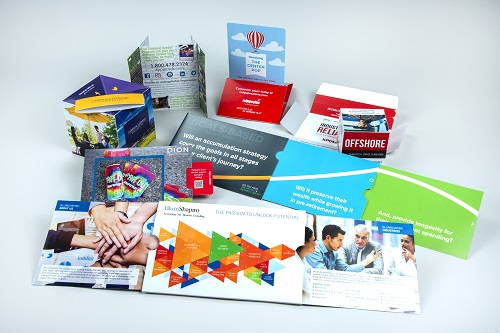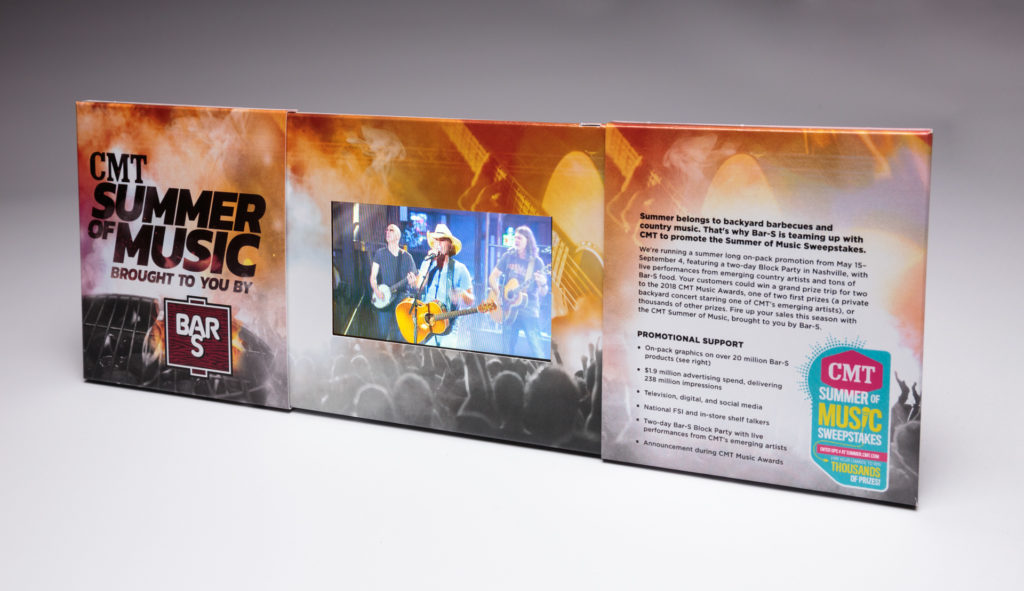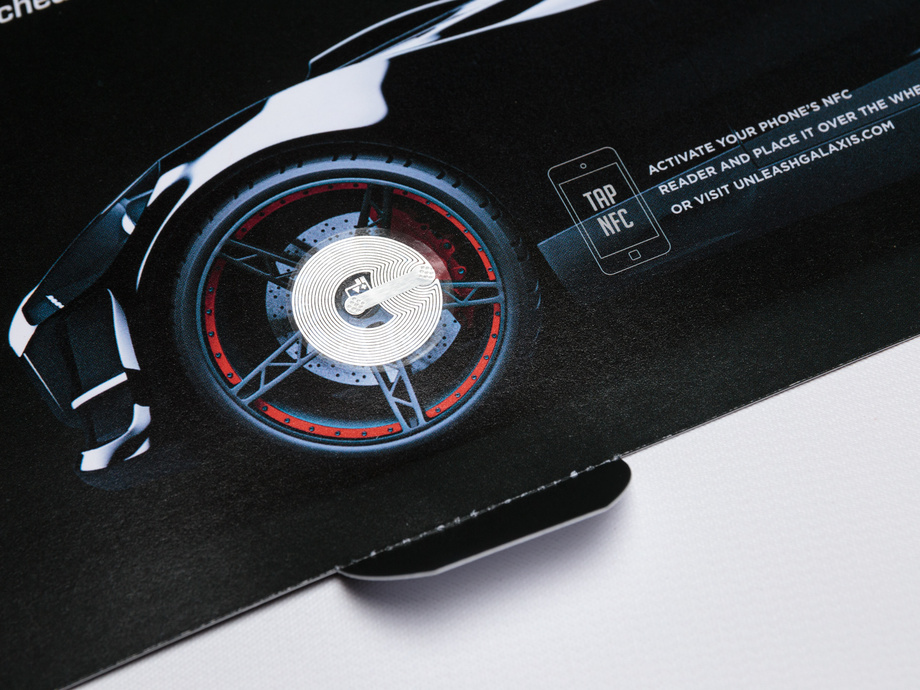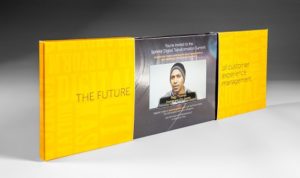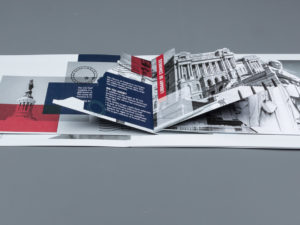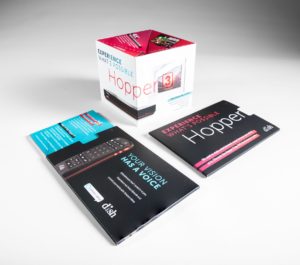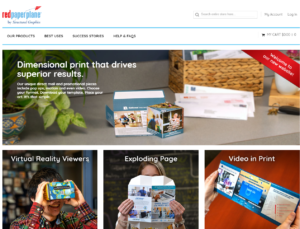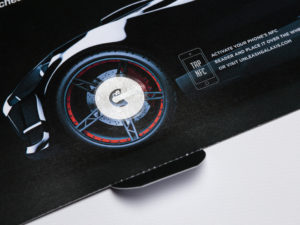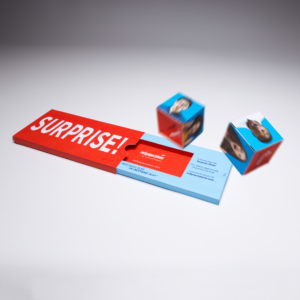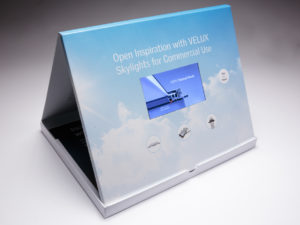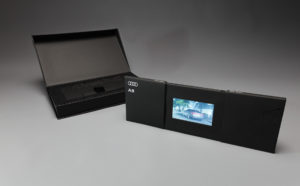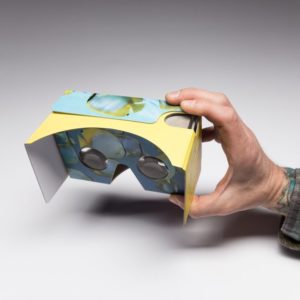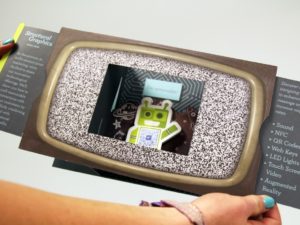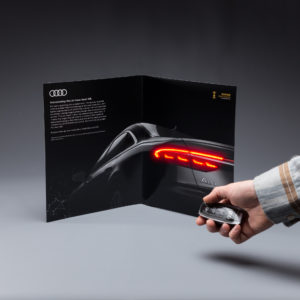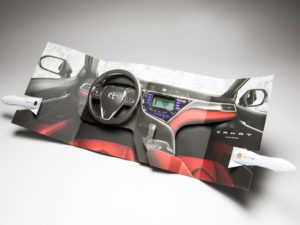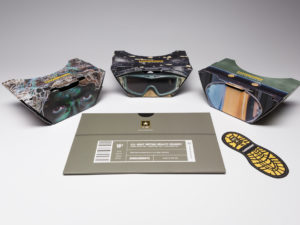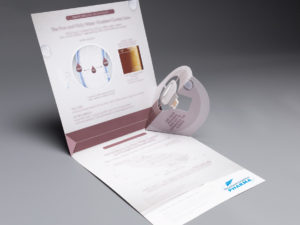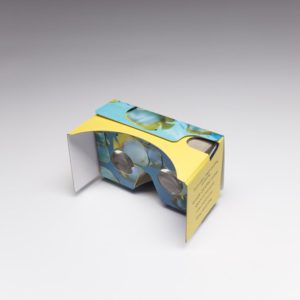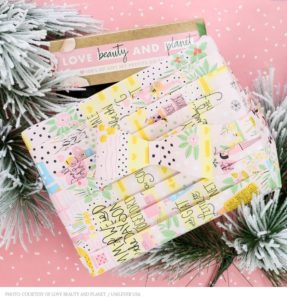The rise of influencer marketing has led to another social media phenomenon – the “Unboxing Experience.” The definition of Unboxing is the act of documenting oneself, mostly on video, of opening a packaged product from a box and displaying, reviewing, and showing off its contents. The unboxing experience has become almost as exciting as what’s inside the box. Consider these stats:
- Over 90,000 people type “unboxing” into YouTube every month
- Search for “unboxing” on Instagram and approximately 3,776,111 posts come up
- There are almost 40 unboxing videos with over 10 million views
- 42.2% of customers find reviews to be helpful types of influencer content, with 13% looking to unboxing videos versus just 6.1% being influenced by images or videos of a product
- 62% of marketers measure the success of their videos by the engagement they get
Elements of Delivering a Great Unboxing Experience
Unboxing videos by influencers and consumers have helped brands build brand loyalty, generate excitement and go viral. Unboxing is about generating enthusiasm beginning to end, telling your story, building excitement around it and getting others to shout it out loud. We are obviously suckers for great packaging, and we truly believe you can’t deliver an unforgettable unboxing experience without great packaging. They kind of go hand in hand. Companies like Apple, Sephora, Sony, Google and Birchbox know this. So what makes great packaging in our opinion? Here are some of our thoughts.
A Good First Impression
First impressions are everything, especially when it comes to unboxing. Make sure the colors, gradients, paper texture and the design on the outside scream “open me!” Branding on the outside also goes a long way in delivering a memorable experience from start to finish, not to mention it makes the entire packaging feel custom.
A Catchy #hashtag
One way of encouraging recipients to talk about their unboxing experience is to pick a catchy and clever hashtag for your new product. Campaign-specific hashtags allow other consumers to join in on the conversation. We recommend prominently displaying it on the packaging itself. Here’s an example for La Roche-Posay.
La Roche-Posay is the number 1 dermocosmetic brand worldwide and they used this kit to send samples of its “life-changing” skincare line to key beauty influencers. The cover on the box featured La Roche-Posay’s #skinismorethanskin hashtag to encourage influencers to join in on the conversation. The inside of the kit held various samples of the product line with each in its own well. Posts from key influencers related to each product were featured behind each product. The lid also included internal magnets that allowed the lid to stay securely shut.
Go BIG
The biggest gift under the tree is the one most likely to generate the most excitement and get opened first. The same is true for packaging.
Years ago, our US strategic partners Structural Graphics, designed a launch kit for Google’s “Unboxing Event” which was used to promote their new store and products at the time. The boxes, which were designed like a puzzle with each piece carrying a different product, were sent to major influencers who then vlogged and posted videos of the box on YouTube. Google took it a step further by wrapping the box with branded gift wrap.
The video currently has 4.6 million views. For comparison’s sake statistics show that almost 90% of video uploaded to YouTube generates fewer than 1,000 views.
You have to see it to believe it!
Add a Special Touch
Wrapping paper, ribbon, tissue paper, decorative bows, branded stickers and unique packing material all add that special touch. Here’s an example for Nokia.
Nokia used this box to highlight the phone that was featured in the Dark Knight movie. They used lime green ribbon on the site to hold it all together. When you untie the ribbon, all sides of the purple box fall open and the Joker says, “Let’s put a smile on that face!” then laughs maniacally.
Fine fragrance brand Le Labo used black packing tape on the outside and black tissue paper on the inside for the special added touch and to tie it all together.
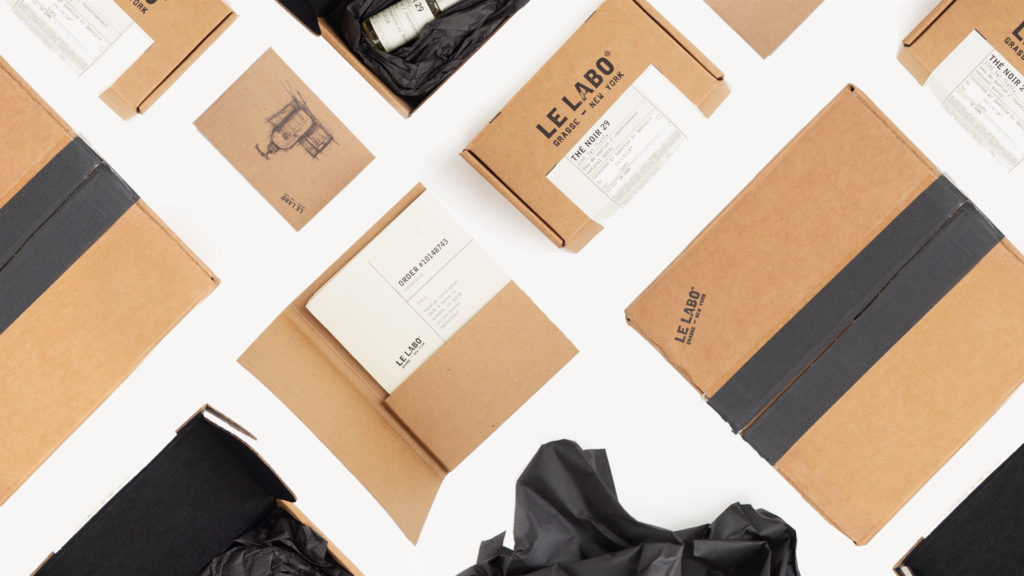
Build Anticipation
Having different components leading up the final reveal prolong the unboxing experience while building excitement. Kind of like having a box inside a box inside a box. It doesn’t have to be a series of boxes though. The different components inside could be made up of different materials, open in unique ways, unfold, expand and unwrap. Here’s how one company did it.
Roundel is Target’s modern media company. Their solutions find new ways to help brands connect with their perfect audiences. They used this incredible packaging to produce a unique unboxing experience designed to help drive brand sales. The center-split box opens to a tabbed panel that then lifts to reveal a booklet and a premium. The premium, Skullcandy earbuds, was wrapped in a promotional sleeve, while the booklet carried a QR code that launched “The Unboxing Moment” podcast.
Everything in Its Place
Organizing the contents of what’s inside the box is crucial especially if there are different products being highlighted within. This can be done by using individual boxes, sleeves to hold literature, miniature booklets or simply wrapping things individually. Here’s how Sephora did it. They used this promotional product kit to encourage influencers to unbox and learn more about their skincare solutions for dryness, dullness and wrinkles. The individual kits were contained in a slipcase for storage and easy access and dedicated to a different skin condition containing recommended product solutions. The design also allowed consumers to store and use it for future reference.
The Future of Unboxing
We believe unboxing is here to stay and that its future will continue to be bright. With so many unboxing videos competing with yours, standing out is paramount and so is upping the ante. Unique digital elements have made their way into the unboxing experience like Augmented Reality, Video and NFC tags. As with direct mail, brands are finding that bridging the gap between print and digital is instrumental in the success of the overall unboxing experience.
